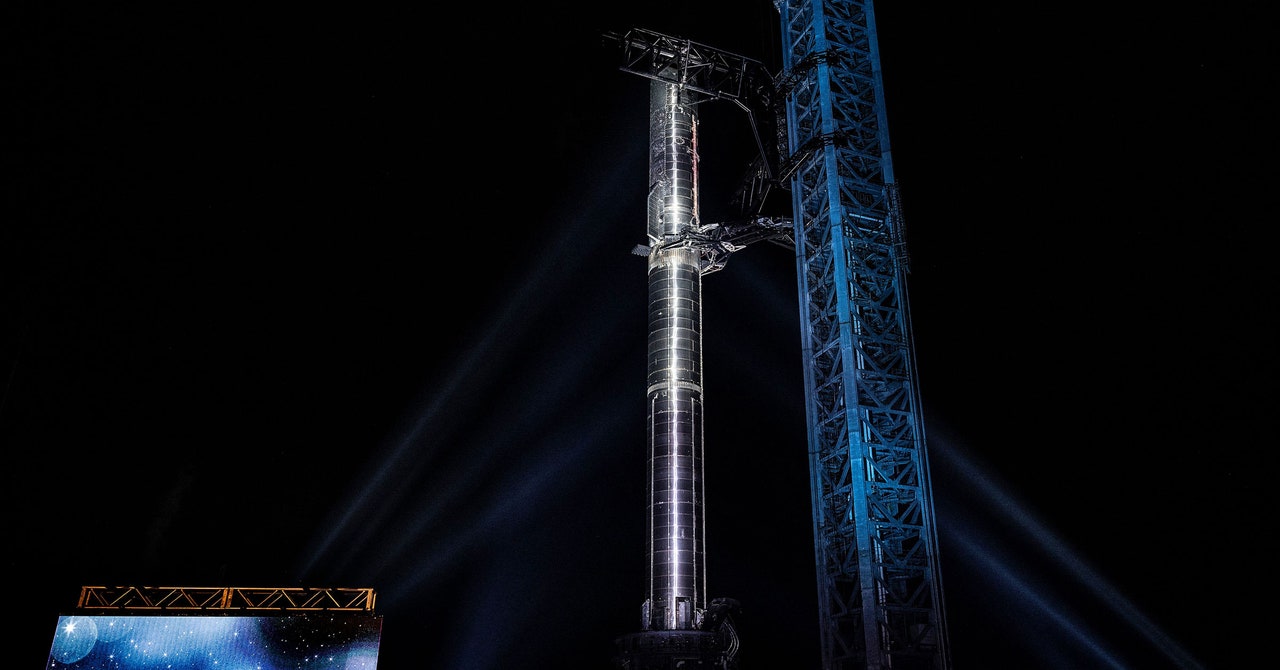
After months of suspense, the Federal Aviation Administration has finally weighed in on the environmental effects of the planned expansion of SpaceX’s sprawling Starbase launch facility near Boca Chica, Texas. The agency says that if SpaceX takes some 75 actions to limit environmental hazards, the company can continue that expansion and its application for a launch license for its Starship spacecraft and the Super Heavy rocket booster.
Boca Chica is a critical site for the company, where engineers have been ramping up their testing of Starship and Super Heavy in anticipation of deep-space flights. But local groups, including those focused on the environment and beach access, are worried about increased pollution, the facility’s potential effects on wildlife, and limitations on access to public beaches. The site lies along the Gulf of Mexico and is near wildlife refuges, populated areas, local roads, liquified natural gas facilities, and the border with Mexico.
The FAA released its initial assessment last September and organized two virtual public hearings, through which people in the area, as well as SpaceX fans and critics around the country, could offer opinions. Now, in a report issued today, the agency decided that the company needs to address a number of issues before SpaceX gets its coveted launch license, including better monitoring of potential effects on vegetation and wildlife and notifying the surrounding communities of noise and road closures.
The FAA’s decision could have far-reaching implications, since until SpaceX gets a green light from the agency, it can’t continue with its testing and launching plans for Starship and the Super Heavy. The company surely has a lot riding on that rocket. Along with NASA’s Space Launch System, the Super Heavy will be one of the only heavy-lift launch vehicles capable of transporting humans and equipment to the moon and eventually Mars. NASA has also invested in a lander version of Starship as part of its Artemis program, for when astronauts return to the moon in a few years.
As of press time, the FAA and SpaceX had not responded to WIRED’s interview requests. But when the assessment came out, SpaceX tweeted a link, adding: “One step closer to the first orbital flight test of Starship.”
For his part, SpaceX CEO Elon Musk had threatened to move Starship testing to Florida if the FAA’s process took a long time or called for an environmental impact statement (EIS), a more rigorous and time-consuming review, which would then be followed by a mitigation plan to reduce potential ecological harms.
The FAA did not go that route and instead ruled more favorably to SpaceX with a Finding of No Significant Impact. The agency nonetheless says the company has more work to do, and it packs a lot into its 174-page report. It says SpaceX needs to allow biologists to watch for effects on wildlife and must remove any launch debris that falls into sensitive habitats. SpaceX needs to adjust the lighting at the launch complex to minimize disturbances to wildlife and residents; give more advanced notice of launches; limit how long State Highway 4 is closed, and avoid closing it on weekends and holidays. This environmental review isn’t the only review, either: Before SpaceX can continue its Starship launch license application, the US Department of Transportation will also assess its potential effects on public safety and national security.


